By Heidi Hausse & Peden Jones/The ConversationTo think about an artificial limb is to think about a person.
Category: 3D printing – Page 7
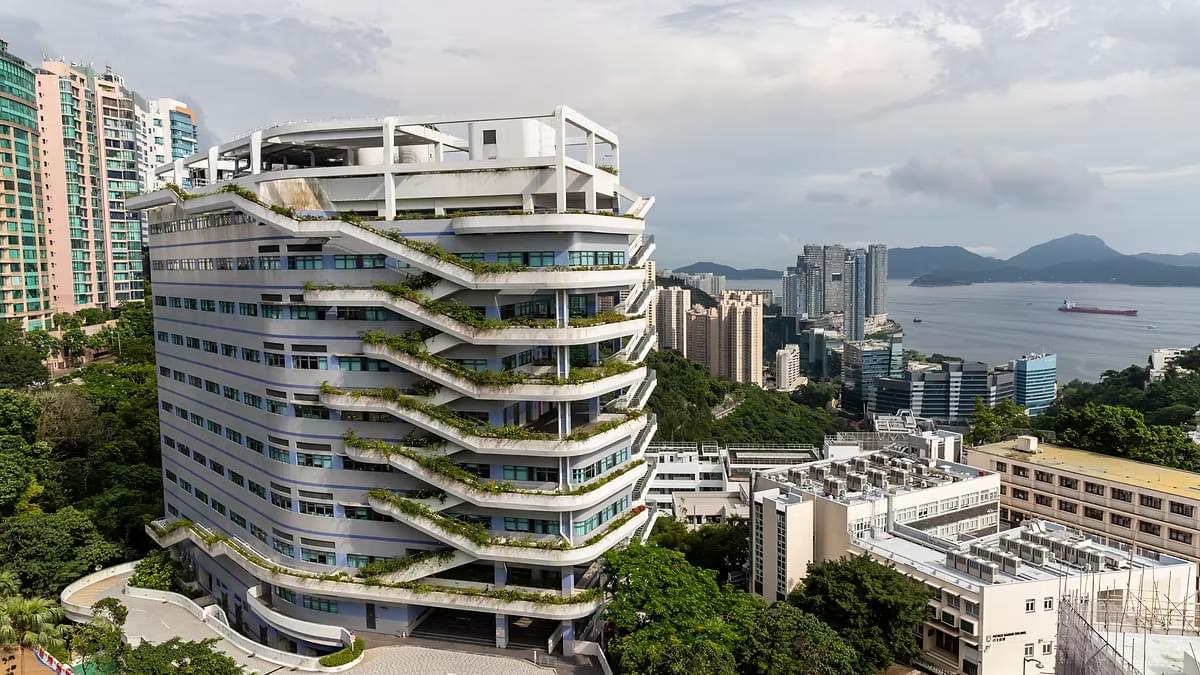
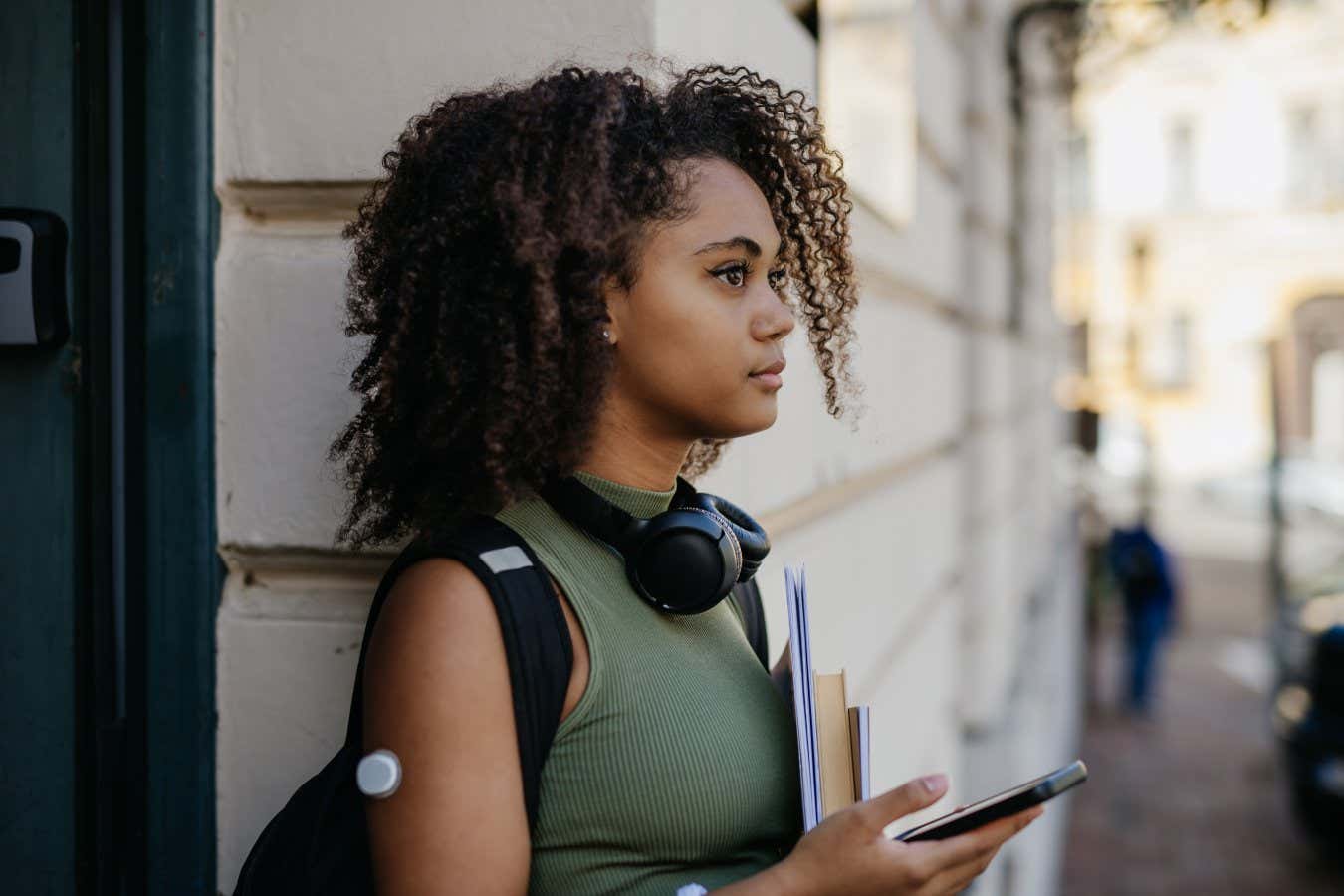

MIT creates a pocket-sized 3D printer that prints objects in seconds
Researchers from the Massachusetts Institute of Technology (MIT) in the United States have created a tiny 3D printer chip-sized device that forms the necessary objects using light in a matter of seconds.
A team of researchers led by Professor Elena Nataros has created a 3D printer that emits a reconfigurable beam of light into resin to create solid forms. This tiny printer fits in the palm of your hand. It is expected that users will be able to quickly create customized, low-cost objects.
According to the developers, the system consists of a single photonic chip measuring a few millimeters, without any additional moving parts. It emits visible light into the resin, allowing for non-mechanical 3D printing.
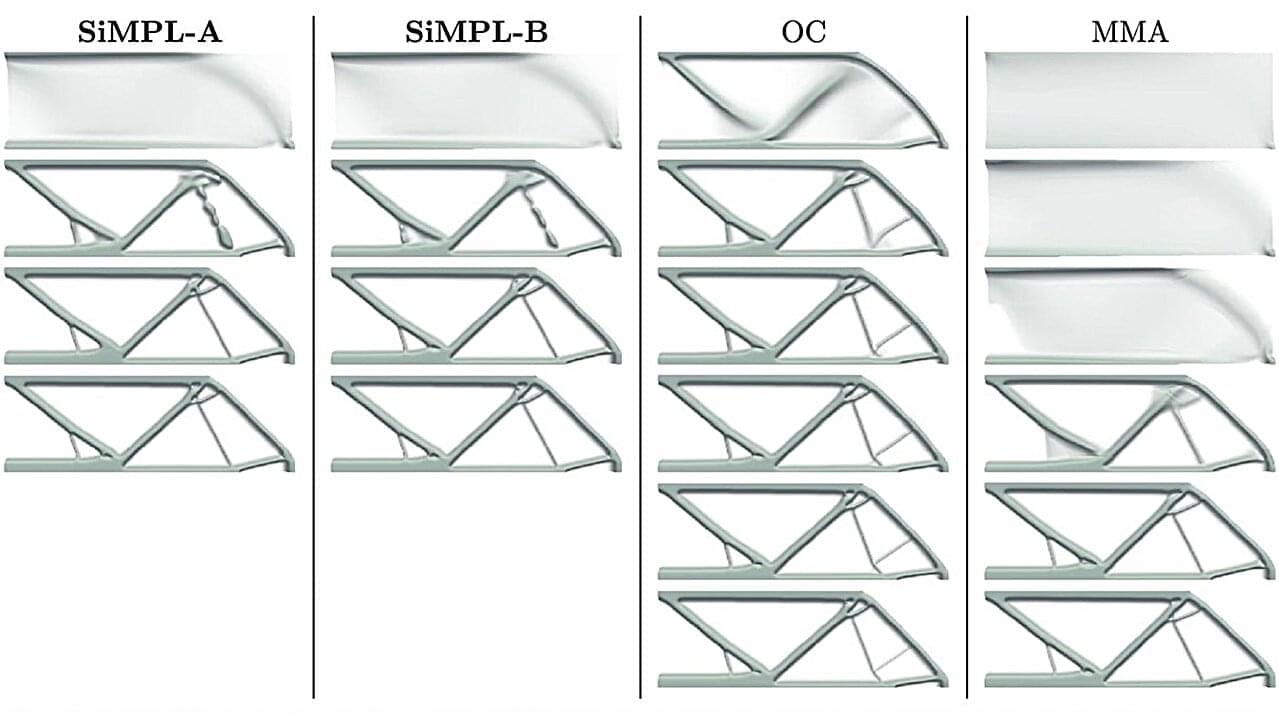
Faster topology optimization: An emerging industrial design technique gets a speed boost
With the rise of 3D printing and other advanced manufacturing methods, engineers can now build structures that were once impossible to fabricate. An emerging design strategy that takes full advantage of these new capabilities is topology optimization—a computer-driven technique that determines the most effective way to distribute material, leading to an optimized design.
Now, a research team including mathematicians from Brown University has developed a new approach that dramatically improves the speed and stability of topology optimization algorithms. The team, a collaboration between researchers at Brown, Lawrence Livermore National Laboratory and Simula Research Laboratory in Norway, detailed their work in two recently published papers in the SIAM Journal on Optimization and Structural and Multidisciplinary Optimization.
“Our method beats some existing methods by four or five times in terms of efficiency,” said Brendan Keith, an assistant professor of applied mathematics at Brown. “That’s a huge computational savings that could enable people to make designs more quickly and inexpensively, or to develop more complex designs with higher resolution.”

Team tackles support structure bottlenecks with dual-wavelength 3D printing
Lawrence Livermore National Laboratory (LLNL) researchers have developed a novel 3D printing technique that uses light to build complex structures, then cleanly dissolves the support material, expanding possibilities in multi-material additive manufacturing (AM).
In 3D printing, traditional supports often add time, waste and risk to the process, especially when printing intricate parts. But in a new study published in ACS Central Science, an LLNL team—in collaboration with University of California, Santa Barbara (UCSB) researchers—outlines a “one-pot” printing approach that uses two light wavelengths to simultaneously create permanent structures and temporary supports from a single resin formulation.
The method addresses a longstanding challenge in AM: how to fabricate suspended or overhanging features without cumbersome scaffolding requiring manual removal, which is a key hurdle to the widespread adoption of digital light processing (DLP) 3D printing technologies.
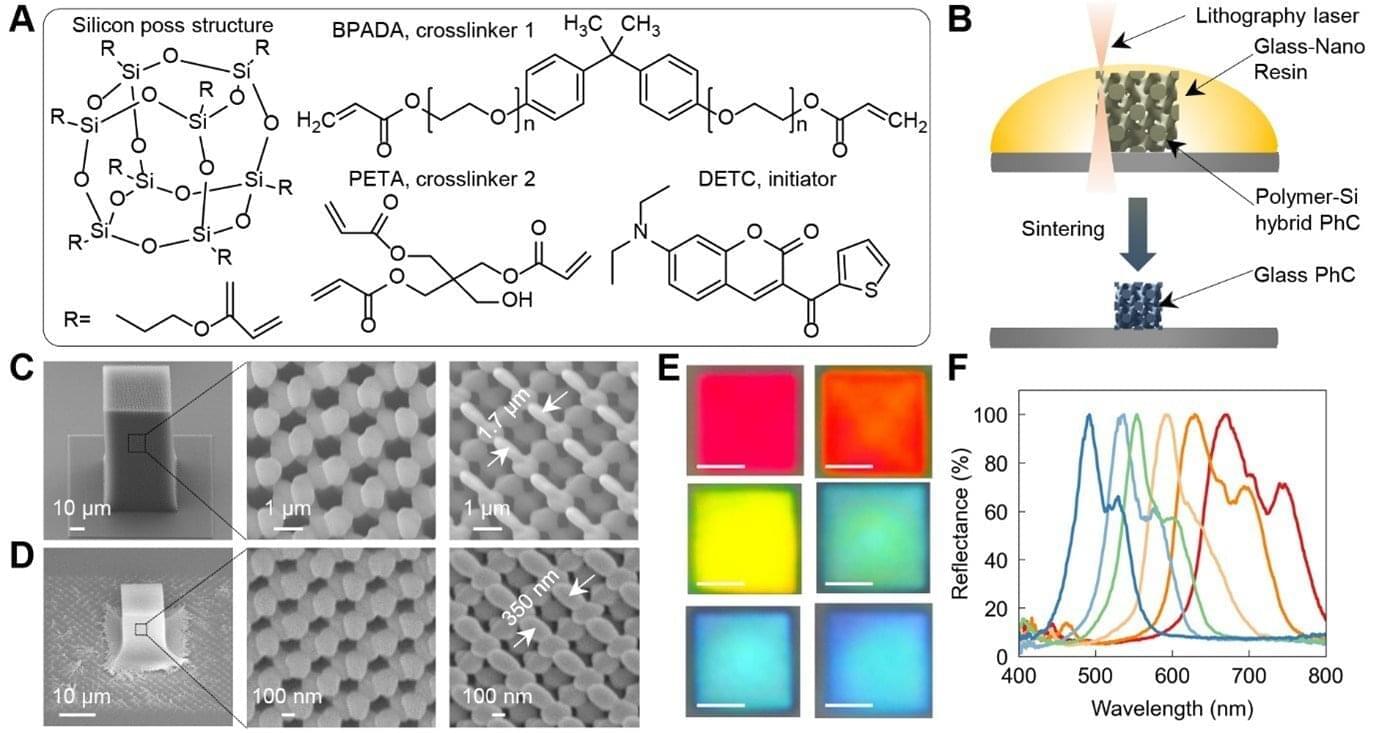
Glass nanostructures reflect nearly all visible light, challenging photonics assumptions
A research team led by SUTD has created nanoscale glass structures with near-perfect reflectance, overturning long-held assumptions about what low-index materials can do in photonics.
For decades, glass has been a reliable workhorse of optical systems, valued for its transparency and stability. But when it comes to manipulating light at the nanoscale, especially for high-performance optical devices, glass has traditionally taken a backseat to higher refractive index materials. Now, a research team led by Professor Joel Yang from the Singapore University of Technology and Design (SUTD) is reshaping this narrative.
With findings published in Science Advances, the team has developed a new method to 3D-print glass structures with nanoscale precision and achieve nearly 100% reflectance in the visible spectrum. This level of performance is rare for low-refractive-index materials like silica, and it opens up a broader role for glass in nanophotonics, including in wearable optics, integrated displays, and sensors.

Physicists use 3D-printed spines to sculpt water surface through surface tension
Physicists at the University of Liège have succeeded in sculpting the surface of water by exploiting surface tension. Using 3D printing of closely spaced spines, they have combined menisci to create programmed liquid reliefs, capable of guiding particles under the action of gravity alone. This is a promising advance for microscopic transport and sorting, as well as marine pollution control. The research is published in the journal Nature Communications.
Have you ever tried tilting a liquid in a glass? It’s completely impossible. If you tilt the glass, the surface of the liquid will automatically return to the horizontal … except for a small—barely visible—curvature that forms near the edge of the glass. This curvature is called a meniscus. And this meniscus is due to capillarity, a force acting on a millimeter scale and resulting from the surface tension of the liquid.
What would happen if we could create lots of little menisci over a large surface? What if these small reliefs could add up to form slopes, valleys, or even entire landscapes … liquid? This is exactly what scientists from the GRASP laboratory at the University of Liège, in collaboration with Brown University (U.S.), have succeeded in doing.
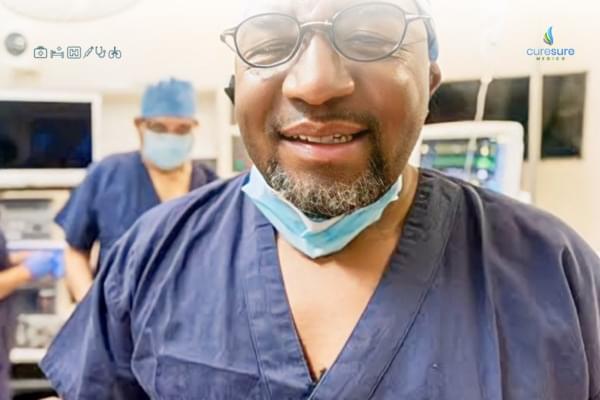

Aging on Chip: Harnessing the Potential of Microfluidic Technologies in Aging and Rejuvenation Research
Alternative models for studying aging have employed unicellular organisms such as the budding yeast Saccharomyces cerevisiae. Studying replicative aging in yeast has revealed insights into evolutionarily conserved enzymes and pathways regulating aging[ 12-14 ] as well as potential interventions for mitigating its effects.[ 15 ] However, traditional yeast lifespan analysis on agar plates and manual separation cannot track molecular markers and yeast biology differs from humans.[ 16 ]
Animal models, including nematodes, flies, and rodents, play a vital role in aging research due to their shorter lifespans and genetic manipulability, making them useful for mimicking human aging phenotypes.[ 17 ] These models have provided many insights into the fundamental understanding of aging mechanism. However, animal models come with several limitations when applied to human aging and age-related diseases. Key issues include limited generalizability due to species-specific differences in disease manifestation and physiological traits. For example, animal models often exhibit physiological differences, age at different rates, and may not fully replicate human conditions like cardiovascular disease,[ 18 ] immune response,[ 19 ] neurodegenerative diseases,[ 20 ] and drug metabolism.[ 21 ] Furthermore, in vivo models, such as rodents and non-human primates, suffer from limitations such as high costs, low throughput, ethical concerns, and physiological differences compared to humans. The use of shorter lifespan or accelerated aging models, along with the absence of long-term longitudinal data, can further distort the natural aging process and hinder our understanding of aging in humans. Additionally, many animal models rely on inbred strains, which lack genetic diversity and may not fully represent evolutionary complexity.[ 22 ]
In recent years, microfluidics has emerged as a promising tool for studying aging, offering of physiologically relevant 3D environments with high-throughput capabilities that surpass the limitations of traditional 2D cultures and bridge the gap between animal models and human As a multidisciplinary technology, microfluidics processes or manipulates small volumes of fluids (from pico to microliters) within channels measuring 10–1000 µm.[ 23 ] Traditional fabrication methods, such as photolithography and soft lithography, particularly using polydimethylsiloxane (PDMS), remain widely used due to their cost-effectiveness and biocompatibility. However, newer approaches, including 3D printing, injection molding, and laser micromachining, offer greater flexibility for rapid prototyping and the creation of complex architectures. Design considerations are equally critical and are tailored to the specific application, focusing on parameters such as channel geometry, fluid dynamics, material properties, and the integration of on-chip components like valves, sensors, and actuators. A comprehensive overview of the design and fabrication of microphysiological systems is beyond the scope of this review; readers are referred to existing reviews for further detail.[ 24-26 ] Microfluidic devices offer numerous advantages, including reduced resource consumption and costs, shorter culture times, and improved simulation of pathophysiological conditions in 3D cellular systems compared to other model systems (Figure 1).[ 27 ] Therefore, microfluidics platforms have been extensively employed in various domains of life science research, such as developmental biology, disease modeling, drug discovery, and clinical applications,[ 28 ] positioning this technology as a significant avenue in the field of aging research.